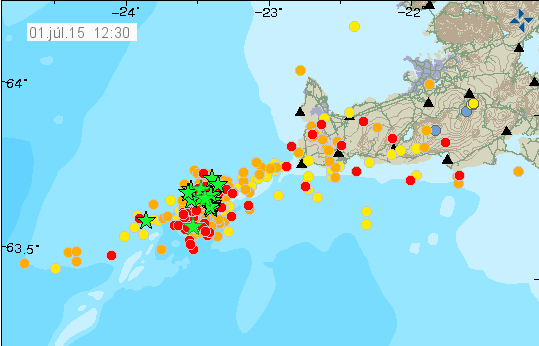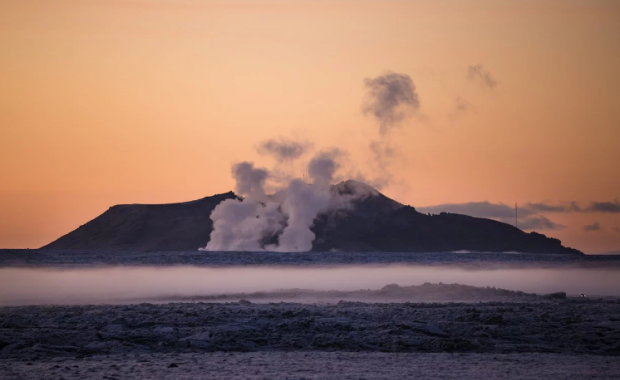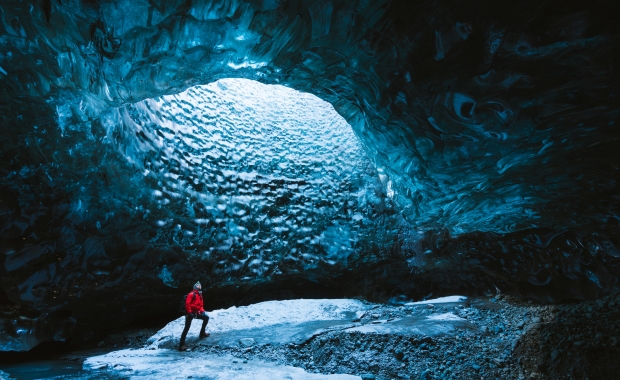The swarm of earthquakes which began last night in the Reykjanes peninsula in South Western Iceland has continued today. Although the Icelandic Meteorological Office has warned that a large earthquake can be expected in the Reykjanes peninsula, the current quakes are not believed to be harbingers of a more dramatic seismological event.

Hundreds of quakes
The earthquakes started last night around nine and have continued in several waves since then with shorter intermissions. The quakes count in the hundreds. Most of the quakes have been relatively mild, although over fourteen quakes have measured around four on the Richter scale. They have been found all over South Western Iceland, and as far north as the fishing town Akranes, in Western Iceland.
The centre of the quakes is west of the Reykjanes peninsula, four kilometres north-west of Geirfugladrangur, a rocky outcropping to the west of Reykjanes on the Reykjanes ridge part of the Mid-Atlantic Ridge where the European and American Tectonic plates diverge. The average spread of the plates at the Reykjanes ridge is 2.5 centimetres per year.
Probably not an indication that a larger quake is on its way
A few days back the meteorological office warned that a large quake could be expected in the Reykjanes peninsula, but despite their size and number the current quakes are not believed to be a foreboding of a larger quake. Sigþrúður Ármanssdóttir, a geologist at the Icelandic Meteorological Office who has been monitoring the seismological measurements, tells the Icelandic National Broadcasting Service that the current activity is not all that unusual. “No. We get quakes in this region every now and then,” adding the current activity is “not unusual”.
Larger quakes in the vicinity of Kleifarvatn lake, south of Hafnarfjörður town in the capital region would be a clearer sign of something more serious.
The meteorological office will continue to keep a close eye on the development.
The swarm of earthquakes which began last night in the Reykjanes peninsula in South Western Iceland has continued today. Although the Icelandic Meteorological Office has warned that a large earthquake can be expected in the Reykjanes peninsula, the current quakes are not believed to be harbingers of a more dramatic seismological event.

Hundreds of quakes
The earthquakes started last night around nine and have continued in several waves since then with shorter intermissions. The quakes count in the hundreds. Most of the quakes have been relatively mild, although over fourteen quakes have measured around four on the Richter scale. They have been found all over South Western Iceland, and as far north as the fishing town Akranes, in Western Iceland.
The centre of the quakes is west of the Reykjanes peninsula, four kilometres north-west of Geirfugladrangur, a rocky outcropping to the west of Reykjanes on the Reykjanes ridge part of the Mid-Atlantic Ridge where the European and American Tectonic plates diverge. The average spread of the plates at the Reykjanes ridge is 2.5 centimetres per year.
Probably not an indication that a larger quake is on its way
A few days back the meteorological office warned that a large quake could be expected in the Reykjanes peninsula, but despite their size and number the current quakes are not believed to be a foreboding of a larger quake. Sigþrúður Ármanssdóttir, a geologist at the Icelandic Meteorological Office who has been monitoring the seismological measurements, tells the Icelandic National Broadcasting Service that the current activity is not all that unusual. “No. We get quakes in this region every now and then,” adding the current activity is “not unusual”.
Larger quakes in the vicinity of Kleifarvatn lake, south of Hafnarfjörður town in the capital region would be a clearer sign of something more serious.
The meteorological office will continue to keep a close eye on the development.







